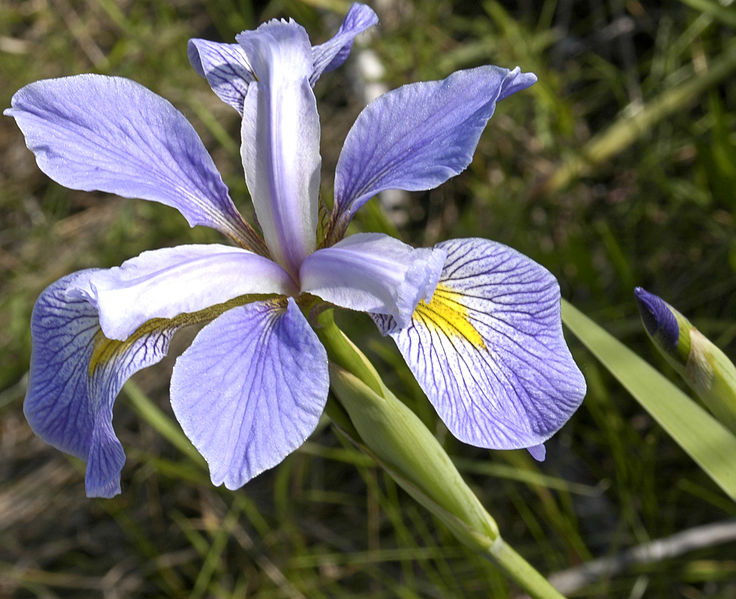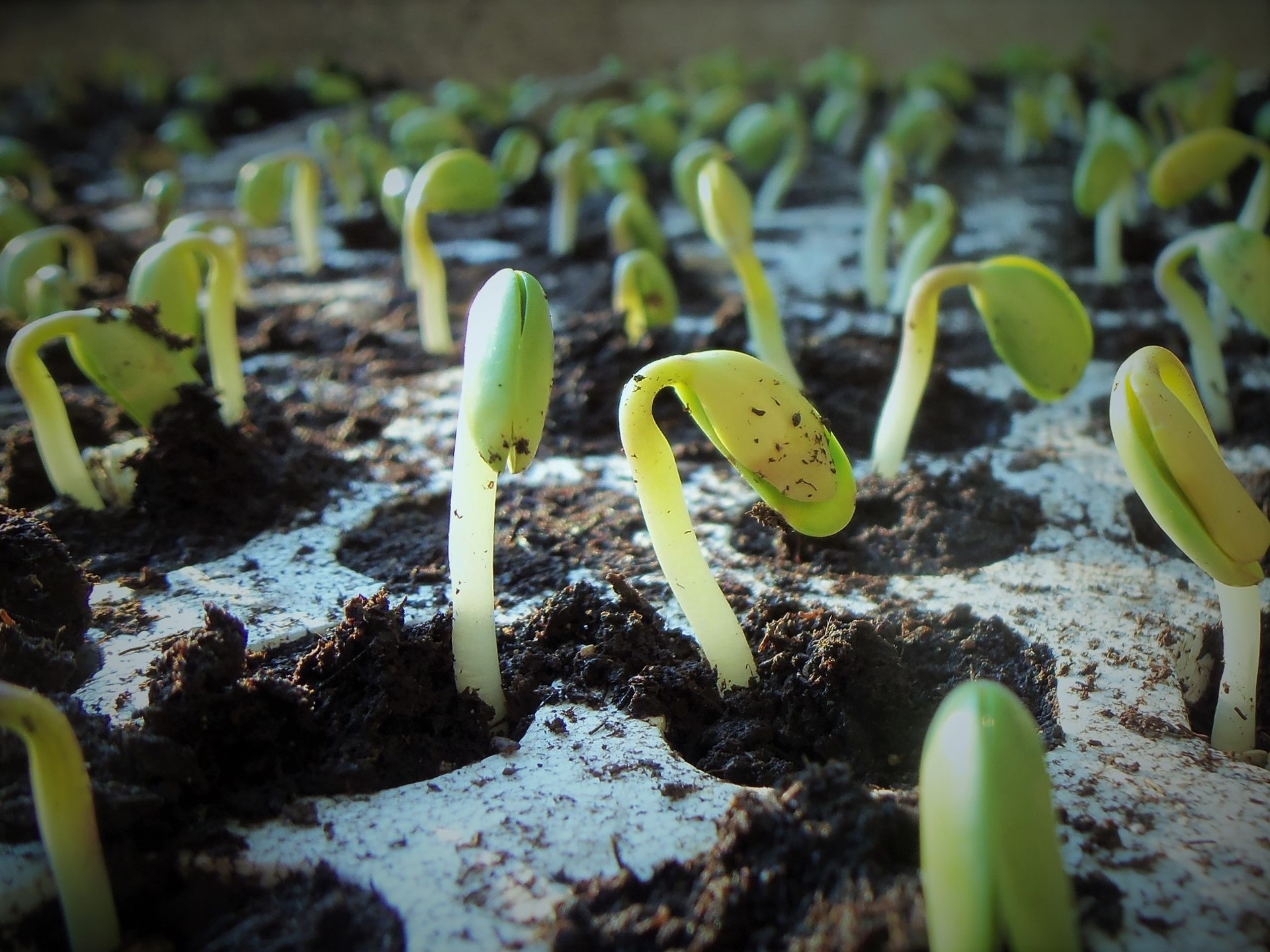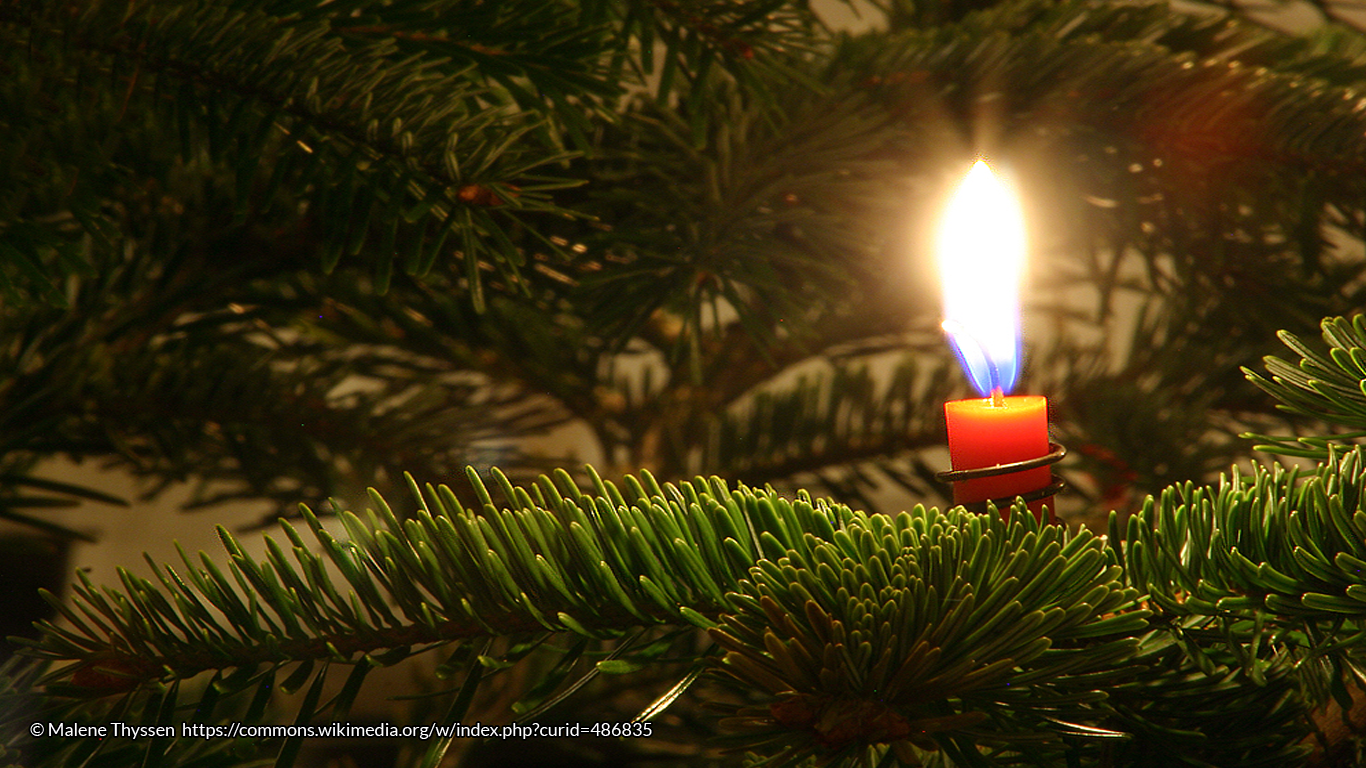Since the beginnings of human civilization, seeds have been revered for their gift of life. How we treat them in our gardens, the plants they produce, and the importance of the weather, reveal many fascinating practices, myths and superstitions.
It is no surprise that from the earliest times seed planting was accompanied by a variety of rituals. Most potent of these was dance, intended not only to promote strong, healthy growth but to bring essential rain. Leaping with arms aloft was particularly expressive, showing the gods exactly what was required. Practices of blessing seeds abound, as in the beautiful Scottish charm The Consecration of the Seed whose first verse runs:
I will go out to sow the seed
In the name of Him who gave it growth;
I will place my front in the wind,
And throw a gracious handful on high.
Should a grain fall on a bare rock,
It shall have no soil in which to grow;
As much as falls to earth,
The dew will make it to be full.
An ancient tale
Of many legends relating to seeds, one stands out above all. The many-seeded pomegranate symbolizes life, death and fertility in many cultures. In Greek mythology it sealed the fate of Persephone, captured by Hades and imprisoned in his Underworld. As she mourned her daughter, Demeter, goddess of fertility, halted all growth. To save the planet Zeus, Persephone’s father, ordered her release but Hades tricked her into eating six pomegranate seeds, forcing her, by the power of the Fates, to remain in the Underworld for six months each year. So it came about that the earth has its seasons of growth in spring and summer and dormancy in autumn and winter.

By the moon and stars
When it comes to planting seeds, gardeners have long revered times, the power of the moon to assist good growth, and modern gardeners have found this ancient wisdom to have some truth, although there are many contradictions on record. A typical old saying runs:
‘Plant the bean when the moon is light [waxing or full], plant potatoes when the moon is dark [new or waning] ’.
At new moon, water is pulled up through the soil, so newly planted seeds should swell significantly, then as the moon waxes to fullness, its gravitational pull is believed to help root growth, so is perfect for planting crops like carrots and turnips, and for transplanting seedlings. This does not chime perfectly, however, with the tradition of planting potatoes on Good Friday, by when the moon is always beginning to wane. A quiet, waning moon, is deemed a good time to harvest crops and for jobs like pruning.
The weather and the fertile garden
However good the soil, no garden will thrive without help from the weather which, in the past was not only unpredictable but a constant source of anxiety. So it is no surprise that there are countless sayings and superstitions relating to the year’s growing conditions. These are often contradictory. The Roman naturalist Pliny the Elder said, for example that you should never sow seed in a north wind but later gardeners state that the north wind is most favourable for seed sowing.
On a general note it’s said that:
If there is spring in winter and winter in spring
The year won’t be good for anything.
For seed sowing more specific advice includes saying such as:
When the sloe [blackthorn] tree is white as a sheet
Sow your barley whether it by dry or wet.
And by observing the trees:
When elm leaves are as big as a shilling,
Plant kidney beans, if to plant ‘em you’re willing;
When elm leaves are as big as a penny,
You must plant kidney beans, if you mean to have any.
Specifically, saints’ days are invoked here – March 1st and 2nd and the 21st, St Benedick’s Day.
Sow peas and beans on David and Chad
Be the weather good or bad.
If they’re not in by Benedick
They had better stop in the ricke [store].
But not all seed sowers would abide by this instruction. In Devon the first three days of March were known as ‘blind days’ when no one would risk planting seeds.
At the season’s end, predicting the harshness of winter to come was also significant in the past, not least a plethora of holly berries which are said (unreliably!) to foretell a harsh winter.
Perhaps more believable is:
Onion’s skin very thin
Milk winter coming in;
Onion’s skin thick and tough,
Coming winter cold and rough.
Garden flowers in myth and legend
Intriguing stories following remarkably similar themes of love and death surround many of our favourite garden plants.
The narcissus, whose flowers signal winter’s end, is said to have sprung from the body of the beautiful Greek youth who, having been spurned by the wood nymph Echo fell in love with his own reflection in a lake’s waters. When her lover, the handsome hunter Adonis was killed by a boar the goddess Aphrodite made the anemone grow from his blood. And it was from the blood of Hyacinthus, killed by the Greek god Zephyrus in a fit of jealousy that Apollo created the hyacinth in his memory.
The lily, a symbol of purity in the Christian tradition with the same relevance in ancient Greece, may have sprung from the milk of the goddess Hera but is also said to be formed from Eve’s tears when she was expelled from the Garden of Eden. The name of Iris, Greek goddess of the rainbow with the power to restore nature’s balance, is reflected in the superb spectrum of the flower’s colours.

Be careful what you plant – and where
There are many superstitions about what you should plant in the garden and where.
- Elder and bay planted near the house will protect from witchcraft, other forms of evil – and from lightning.
- Lady’s mantle has leaves in which dewdrops with magical properties collect.
- Foxgloves provide homes for garden fairies who can stave off witches’ powers.
- Houseleeks will protect a house from lightning, especially if planted on the roof.
But on the bad side:
- Hydrangeas set near the front door will prevent your daughters from marrying.
- Weeping willow will bring grief and sorrow if planted in the garden.
So as you plant seeds and tend your garden this spring, there is much myth, legend and folklore to contemplate as you will success on your efforts.
Win a copy of Plant Lore and Legend by Ruth Binney
Ruth Binney and her amazing team have kindly offered a copy of her excellent book,
Plant Lore and Legend for a lucky #FolkloreThursday reader this spring!
‘Trying to understand the wonders and mysteries of the natural world has been a human preoccupation since the earliest times. Myriad myths and legends have subsequently evolved to explain the existence and power of our fertile planet. At the same time, the knowledge of which plants to use as essential foods, remedies, and for construction was of obvious importance, not only to learn but also to pass on and remember. It is therefore hardly surprising that from all corners of the globe a wealth of stories, myths and legends about plants has been passed down to us, gathered together in this fascinating volume. Here you will discover sound principles in some of the traditional advice, and wisdom in many of the observations of the plant world. However there are also highly fanciful superstitions, intriguing tales and amusing anecdotes, which any plant lover will truly relish. Discover which trees are believed to have healing powers? How, in legend, the white rose turn red? Why the lily is a symbol of purity? Any why is it considered unlucky to bring some flowers indoors?’
*Sign up for the #FolkloreThursday newsletter to enter our competitions (valid March, April and May 2020; UK & ROI only). For an extra chance to receive copies of the latest books and folklore goodies, become a #FolkloreThursday Patreon supporter!
Buy the book here.
Recommended books from #FolkloreThursday
References & Further Reading
Plant Lore and Legend, Ruth Binney, Rydon Publishing, 2017
Wise Words and Country Ways, Weather Lore, Ruth Binney, David and Charles, 2010
Standard Dictionary of Folklore, Mythology, and Legend, Maria Leach and Jerome Fried (ed), Funk & Wagnall, 1996
Weather Lore, Richard Inwards, Eliot Stock, 1898
A Dictionary of Superstitions, Iona Opie and Moira Tatem (ed), OUP, 1989










